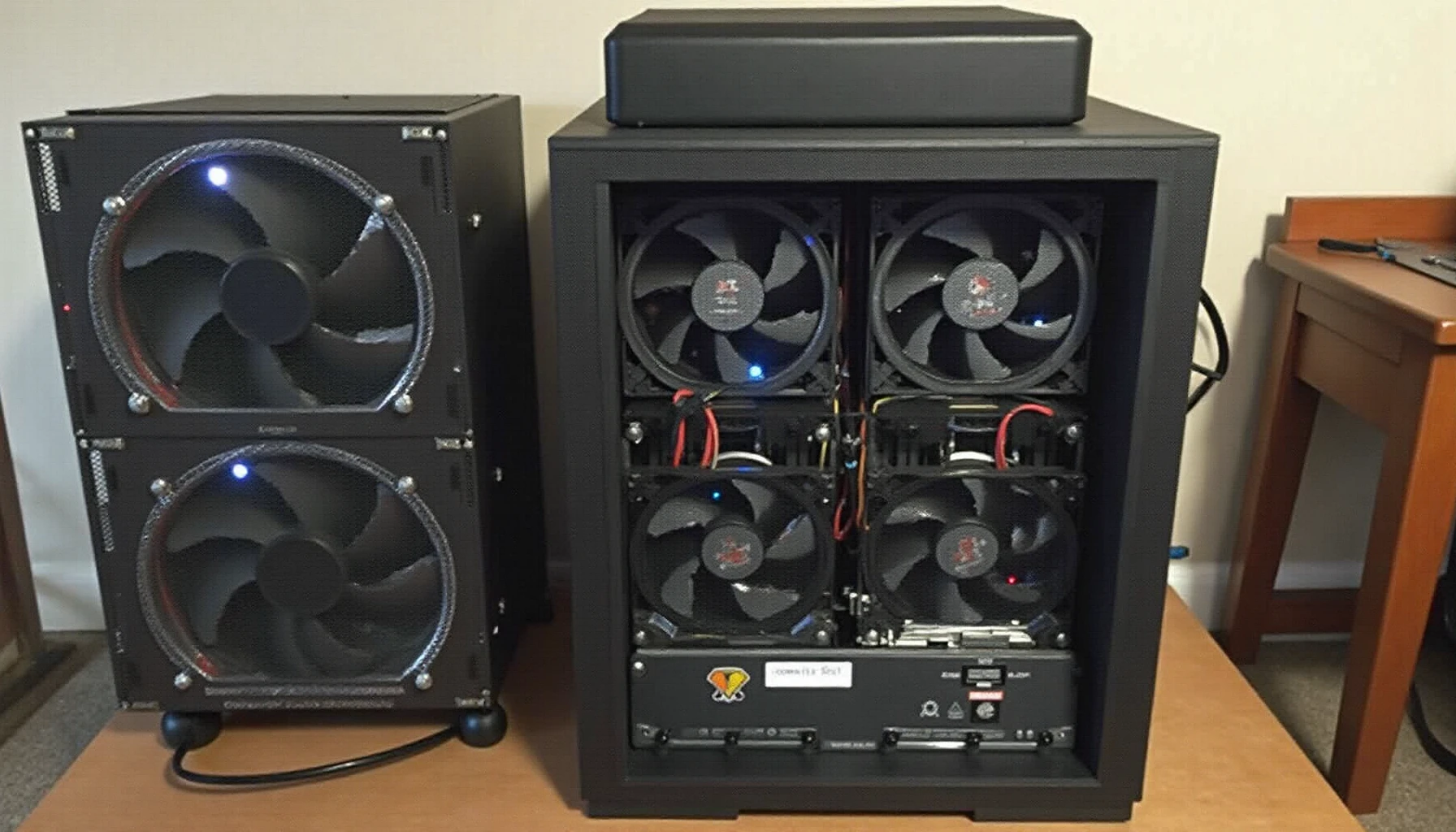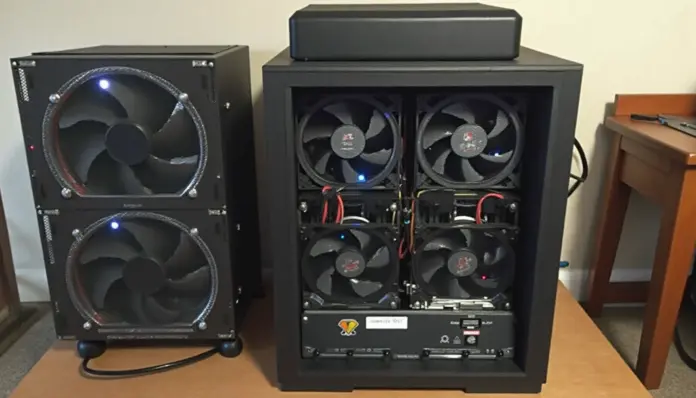Introduction: Is Mining Bitcoin at Home Viable?
Have you ever wondered if mining Bitcoin at home is worth the investment? With over 5 million active miners globally, many enthusiasts are exploring this avenue. However, only a fraction survive the economic and technical scrutiny. In this guide, we’ll delve into the costs, setups, and considerations for anyone looking to start mining Bitcoin from the comfort of their home.
Understanding Bitcoin Mining Costs
When evaluating whether to mine Bitcoin at home, it’s crucial to understand the associated costs. Here are the primary factors that contribute to your overall expenses:
- Hardware Costs: You’ll need to invest in an ASIC miner, which can range from $500 to $10,000, depending on the model and efficiency.
- Electricity Costs: Mining is energy-intensive. On average, miners consume 1,500–3,000 kWh/month, leading to bills that can exceed $300 in high-rate regions.
- Cooling Systems: Adequate cooling systems add to the cost. Consider a dedicated cooling unit, which can be another $200-$500.
Setting Up Your Mining Operation
So, how do you set up a mining rig at home? It might sound complex, but here’s a simple breakdown:

- Choose Your Hardware: Select a suitable ASIC miner based on price, performance, and availability. Brands like Bitmain and MicroBT are top contenders.
- Install Mining Software: Software such as CGMiner or BFGMiner can link your hardware to the Bitcoin network. Follow online tutorials—it’s easier than you think!
- Join a Mining Pool: Solo mining is risky. Joining a pool increases your chances of earning consistent payouts. Platforms like Slush Pool are user-friendly for beginners.
Why Location Matters in Mining
Your geographical location plays a pivotal role in your mining success:
- Electricity Rates: Regions with lower electricity costs, like some parts of Canada or the US, can significantly enhance profitability.
- Climate: Cooler climates can reduce cooling expenses, making them more suitable for long-term mining operations.
- Local Regulations: Always check local laws around cryptocurrency mining to avoid legal pitfalls. Some locations impose hefty restrictions.
Common Challenges and Solutions
Like any venture, mining Bitcoin comes with its challenges:
- Network Difficulty: The more miners, the harder it becomes to mine new blocks. Stay updated on network changes to adjust your pool strategies.
- Initial Setup Complexity: If you’re new, it might seem daunting. Consider starting with a cloud mining service for a less hands-on experience while you learn.
- Market Volatility: Bitcoin’s price can dip; ensure you’re prepared for both surges and drops in profitability.
Conclusion: Take the Leap!
Mining Bitcoin at home is not just feasible; it can be rewarding if approached correctly. Start with a realistic budget, educate yourself on the various setups, and be ready to adapt to the market. Don’t forget to download our comprehensive mining guide for more insights on optimizing your setup!
Risk Warning: This article does not constitute financial advice. Always consult local regulations before proceeding with any mining setup.
For more resources, check out our articles on how to secure your Bitcoin wallet and beginner’s guide to cryptocurrency trading.




